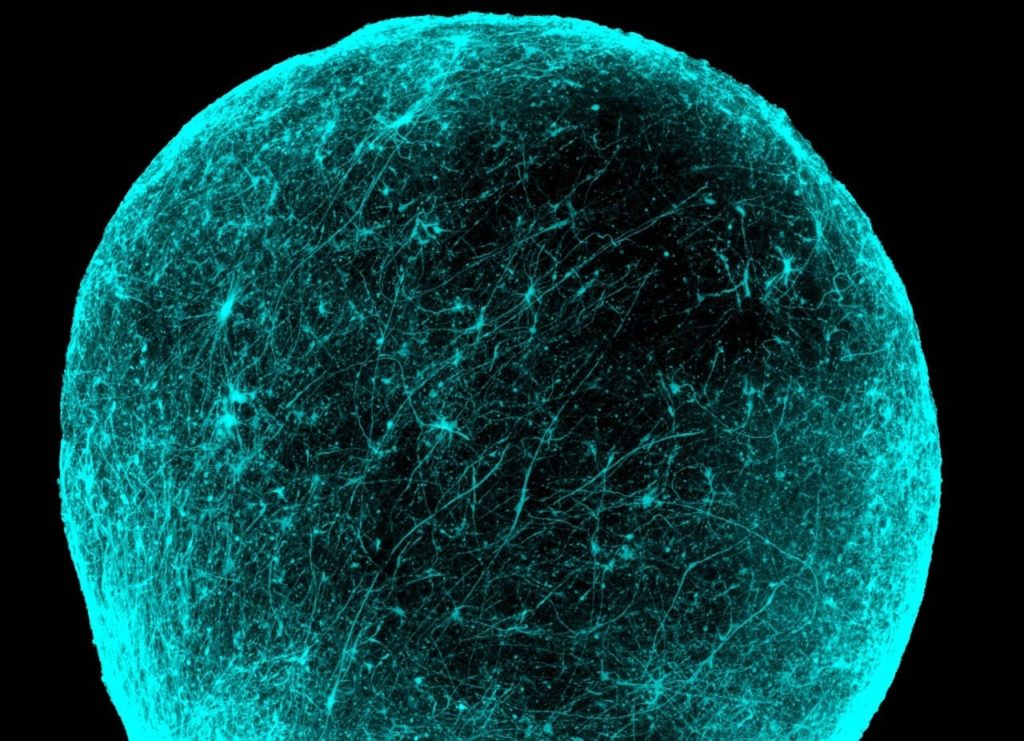Schizophrenia secret solved
Brain tissue research points to link between genetic condition and schizophrenia

When nerve cells aren’t busy exchanging information, they’re supposed to keep quiet. If they’re just popping off at random, like children in a noisy classroom, any signals they’re transmitting are obscured. But in cases of schizophrenia with the most common genetic risk factor, it seems that nerve cells won’t shut up.
Sergiu Pasca, MD, associate professor of psychiatry and behavioral sciences, and his colleagues think they know why.
In a study published Sept. 28 in Nature Medicine, the investigators found an aberration in nerve cells from patients with the genetic condition known as 22q11DS, in which a particular section of chromosome 22 is deleted.
These nerve cells, generated in a dish from the patients’ skin cells, fired spontaneously four times as often as equivalent cells generated from healthy people.
The reason, the researchers learned, was that the voltage difference across nerve cells’ outer membranes when they were at rest — which is responsible for keeping these cells from firing randomly — was substantially lower in nerve cells with the deletion than in those without it.
Of the roughly 60 different genes inhabiting the stretch of DNA that’s deficient in 22q11DS carriers, Pasca and his teammates identified one whose loss appears largely responsible. That shows drug developers where to aim their attention.
Pasca envisions defining psychiatric diseases in terms of their molecular underpinnings — what he calls molecular psychiatry.
“Probing the underlying biological mechanisms driving psychiatric disorders is hard because we don’t ordinarily have access to functional brain tissue from living patients,” he said. But a new technology invented in his lab allows for the production of copious living brain tissue, circumventing that difficulty.
“We’ve been working from behavior down,” he said. “Here, we’re working from molecules up.”
